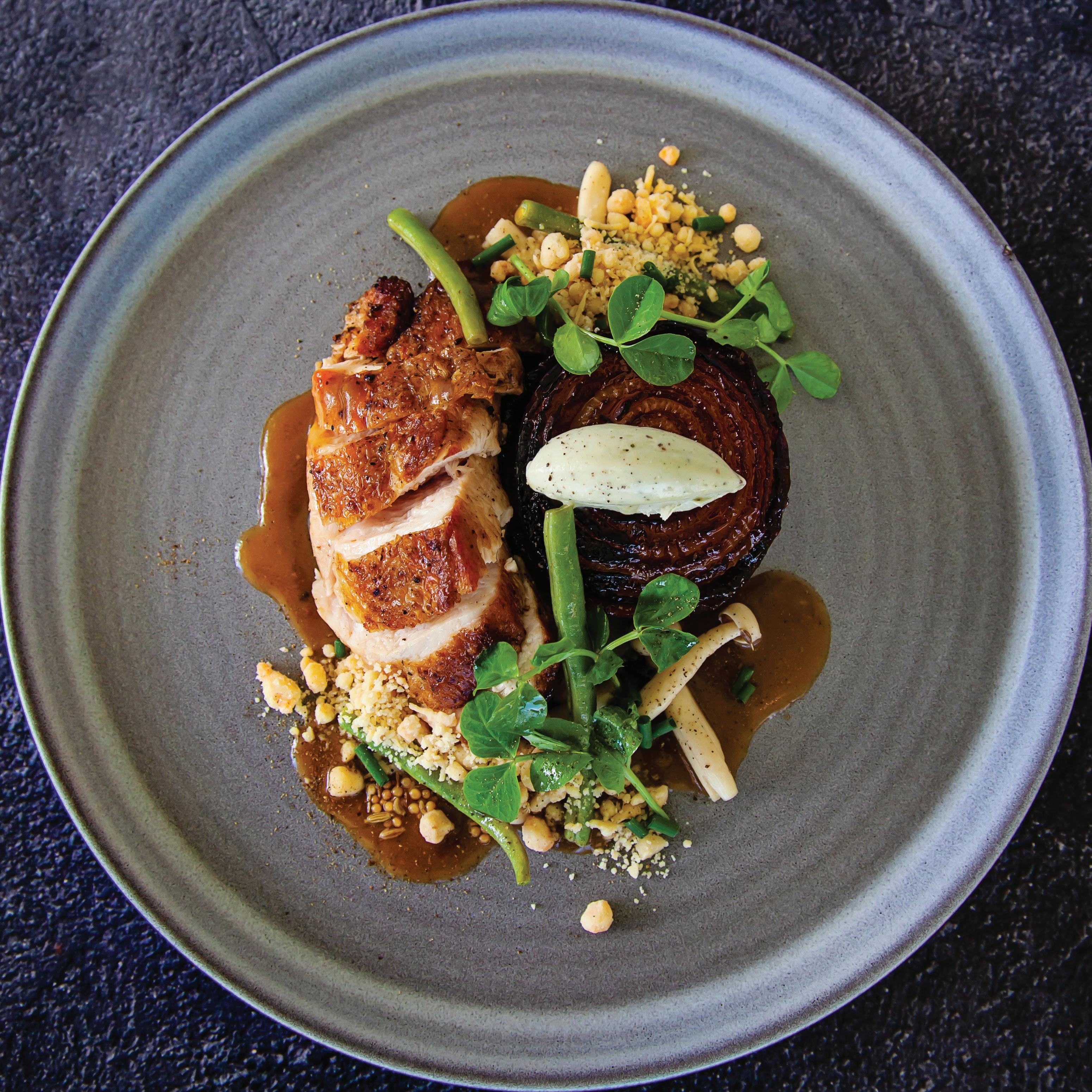FEATURE | WHITSTABLE
W
Fire-water of the CAMDEBOO
ould you believe a very large amount if not most of South Africa’s tequilalike agave spirit is made in the town of Ventersdorp? The spiritual heartland of the beverage, however, is an eight-hour drive south—to Graaff-Reinet in the Karoo. This is where the agave plant has been farmed for generations, initially as fodder during droughts and also to prevent soil erosion, but since the 1990s for spirit production too. Over the years, plants from this area have been used by a variety of agave spirit brands including Hope Distillery’s Esperanza Agave, Swartland winemaker Adi Badenhorst’s 4th Rabbit and the Van Doesburgh Distillery’s Agava. Most prominent these days is the partnership between Sarah Kennan’s Leonista and farmer Tim Murray. The Murrays have been in the area for
3 8
SOUTH AFRICAN CONNOISSEUR
Discover South Africa’s own tequila-making agave plantations BY CLIFFORD ROBERTS
generations; Tim was the first in his line to plant agave to supply spirit-makers. Some 120ha of his 5000ha onion seedand-cattle farming land is devoted to the succulent and, importantly, the distilling-friendly variety agave americana linnaeus. The result has made Tim’s farm Roode Bloem a magnet for attention—from distillers fishing for advice to curious tourists. Tim quickly got organised and now offers guided tours. His tasting shoot-out between tequilas and local equivalents includes his own brand, Three Agaves. A layman would have difficulty distinguishing between the local stuff and the real thing. Getting to the plantation couldn’t be more tequila-esque. Just 10km out of town, at the end of several interlinking gravel roads, the large old farmhouse still feels remote. Most days, it’s hot and dry. When it’s not, temperatures often plummet to below zero. Even more grizzly, the spiky blue-grey agaves share
their dusty space with aggressive thorn trees. It’s a long, long way from gentle vineyards and wheatfields. The spirit that emerges, however, is one-of-a-kind. Its history goes back to South America but today, international producers take their lead from Mexico’s world-famous tequila. As in Mexico, harvest of the agaves at Roode Bloem Farm involves the removal of the outer leaves of the plant to expose the heart, which resembles a giant pineapple— hence its Spanish name, piña. These are then processed for the final spirit, whose production emulates that of mezcal and tequila. The latter are both made from agave varieties too. To qualify as tequila however, only specific varieties are permitted by law. Both styles also enjoy geographic naming protection by law. In the case of tequila, production takes place in areas around the town from which it gets its name. Piñas for tequila are typically steamed
















